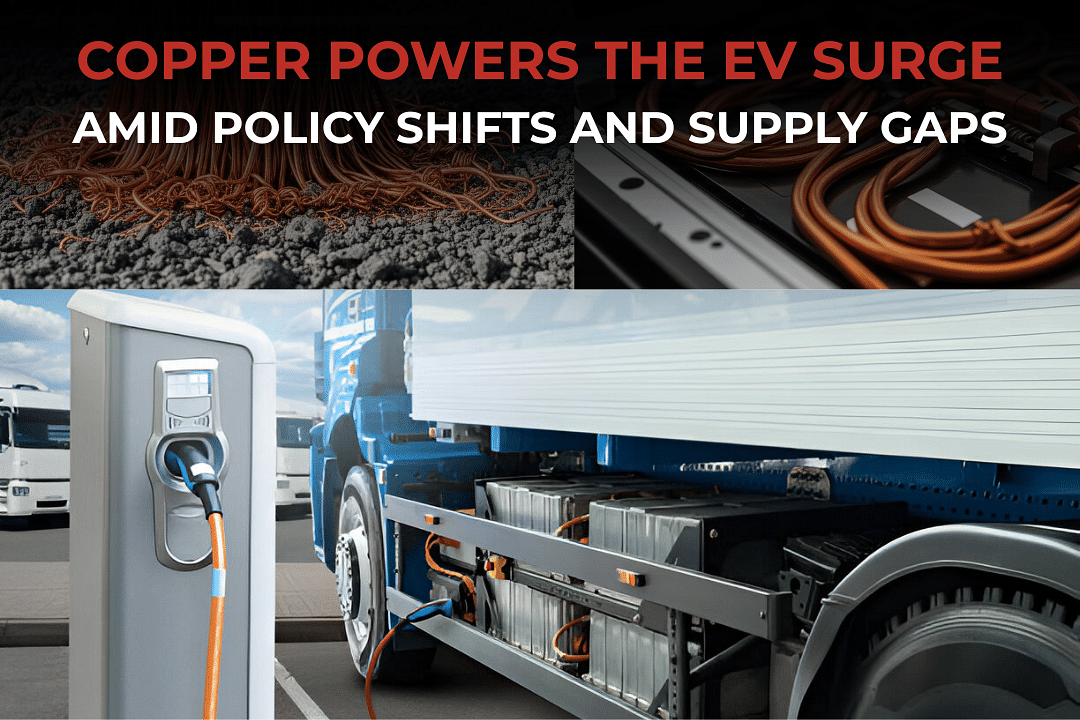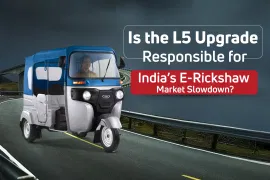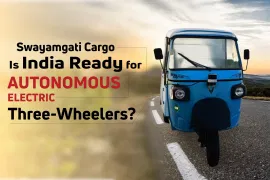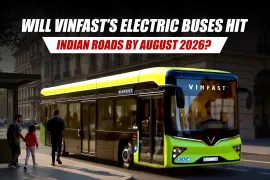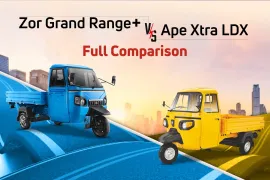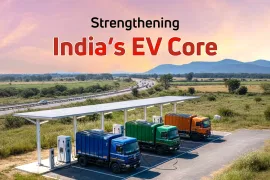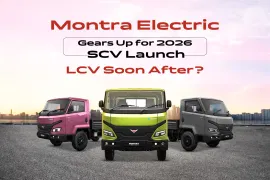In 2024, global EV sales hit over 17 million, a massive 25% leap from the previous year. Two-thirds of those sales came from China alone. Europe clocked 3.2 million, the US managed 1.5 million, and the rest of the world added another 1.3 million. The EV vehicle market is no longer a trend. It’s a tidal shift.
“The transition to clean energy is happening worldwide and it’s unstoppable,” said Fatih Birol, Executive Director of the International Energy Agency (IEA). That statement wasn’t just bold, it’s becoming reality.
But here’s the catch: this growth isn’t evenly distributed, and it’s heavily wired to a single metal.
Copper: The Unsung Hero of Electrification
Why does copper matter in this clean tech revolution? Because it’s the backbone of electric mobility.
- Copper electric motors? Check.
- Electric batteries and wiring? Absolutely.
- EV inverters and data systems? All powered by copper.
- And the grid infrastructure itself? More copper.
Electric vehicles need up to a mile of copper wiring per unit. That’s not a typo. From power delivery and infotainment to control and safety, copper is everywhere. And with commercial vehicle electrification ramping up, the demand multiplies.
What makes copper so indispensable? Superior conductivity. High durability. Easy malleability. Reliability under stress. These traits make it irreplaceable.
Take electric motors. Copper windings enable efficient power transfer with minimal energy loss. Many manufacturers are now exploring copper rotor induction motors, not only more sustainable but also free from rare earth element dependencies.
Chargers, Grids, and the Copper Surge
Behind every EV charger lies a web of electrical components demanding high-conductivity material. According to the International Copper Association, the world will need five million public charging ports in the next decade. Each of those ports? Copper-intensive.
And what powers those chargers? A distribution grid filled with copper coils in transformers. As demand for EVs spikes, so does the electricity load. Result? The need for more and better transformers skyrockets. These transformers rely on copper for voltage regulation and safe power transmission.
A Policy Jolt from the US
The upcoming “Big Beautiful Bill” proposed by the Trump administration plans to roll back EV tax credits, $7,500 for new vehicles, $4,000 for used ones. That’s a hard hit to affordability. With incentives stripped, American consumers may hesitate. Manufacturers may stall investments.
Will this stall the global EV surge? Unlikely.
China, Europe, and several Asian countries are far too invested to pump the brakes now. Their net-zero commitments are embedded in long-term policy, and their ecosystems, from R&D to manufacturing are too robust to abandon.
India’s Copper Conundrum

Despite bold EV targets, production-linked incentives, and consumer subsidies, India faces a structural problem: copper import dependency.
In FY 2024, India’s copper trade deficit hit $6.8 billion. Imports of raw ores and copper products surged by 21%, with raw copper ore imports alone rising 22% in value. That’s more than the combined import value of lithium, manganese, nickel, and silicon.
Sound alarming? It should.
To power its EV dreams, India needs more than demand-side push. It needs secure, affordable access to copper. Without it, the entire ecosystem; electric vehicles, commercial vehicle electrification, and charging infrastructure remains at risk.
Strategic Moves for a Copper-Strong Future
- Domestic Production: Incentivize copper smelting, refining, and fabrication. Production-linked incentives can attract investors and technology players into the sector.
- Policy Intervention: Treat copper as a critical resource, not just a commodity. Prioritize its inclusion in national resource security frameworks.
- Revive Dormant Assets: Reopen closed smelters like the Vedanta Sterlite plant in Tamil Nadu. With a capacity of 400,000 tonnes, it could significantly reduce import pressure.
Final Thoughts
There is more to the EV revolution than batteries and motors. It concerns a copper-woven supply chain. Copper pulses through every component, from power inverters to rapid chargers, from the electrical grid to vehicle wiring.
Copper plays a crucial role in electrification. The question is not whether we need more, it’s how we can secure it. Because the EV future might face challenges if copper isn’t available.
- Stay updated with 91trucks for more articles and news.
- Subscribe to our YouTube channel.
- Follow us on Facebook, Instagram, and LinkedIn.
Web Stories
Latest Electric News
Categories
91trucks is a rapidly growing digital platform that offers the latest updates and comprehensive information about the commercial vehicle industry.
